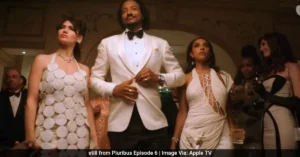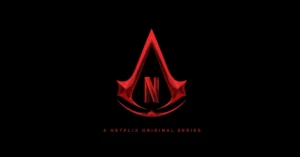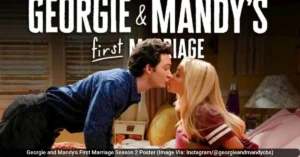Fans of Vince Gilligan’s iconic series Breaking Bad are experiencing déjà vu with his new Apple TV+ sci-fi show, Pluribus. While the new story exists in a completely different universe, viewers are spotting familiar creative fingerprints in the show’s setting and visual style, creating a strange but fun sense of familiarity.
The new series, which debuted on November 7, 2025, stars Rhea Seehorn as Carol Sturka, a cynical romance novelist who becomes one of only twelve people immune to a global hive mind virus. This premise is a significant genre shift from the drug-fueled crime drama of Gilligan’s past work. However, the choice to film in Albuquerque, New Mexico, and the show’s striking visual approach are immediately recognizable to fans of his previous series.
Why Pluribus Feels Familiar
The two most immediate similarities are the show’s location and its visual presentation. Pluribus is filmed in and around Albuquerque, the city that became a central character in both Breaking Bad and its prequel, Better Call Saul. For an audience that knows that landscape intimately, seeing a new story unfold in such a familiar place creates a unique viewing experience.
The visual world of the show also echoes Gilligan’s past work. Both Pluribus and Breaking Bad open with powerful desert scenes that immediately set the emotional tone. The desert itself feels like a character in its own right, a storytelling technique that Gilligan perfected in his earlier shows. This shared backdrop acts as a creative bridge, making the new, unfamiliar story feel grounded in a world fans already love.

A Completely Different Story
Despite these surface-level similarities, the two shows could not be more different in their core stories and themes. Breaking Bad is a gritty crime drama exploring moral decay and the consequences of choices. Pluribus is an eerie science fiction story about identity, free will, and what it means to stay true to yourself when the entire world has changed around you.
Gilligan conceived Pluribus after becoming weary of writing antiheroes. He wanted to create a story with a “flawed good guy” at its center. The show’s logline describes it as the story of “the most miserable person on Earth” who “must save the world from happiness.” This marks a conscious shift from the morally complex Walter White and Jimmy McGill to a protagonist who, however reluctantly, is tasked with saving humanity.
The Creative Team’s Vision
The show represents a new creative chapter for Gilligan, who actively sought to prove he is not a “one-trick pony.” In an interview with Variety, he explained his motivation for creating an original story in an era dominated by reboots and existing intellectual property.
“We live in a world of IP, where the safest thing to do is reboot something that has an audience,” Gilligan said. “I wanted to prove to myself I wasn’t a one-trick pony… Every generation deserves its own stories, instead of just the stories of their grandparents.”
The lead role was written specifically for Rhea Seehorn, who worked with Gilligan for six seasons on Better Call Saul. He praised her unique abilities as a performer, stating, “You just can’t take your eyes off her… She’s got a wonderful charisma. And she can do anything — make you laugh, make you cry.” Seehorn accepted the role without even reading the script, telling Gilligan, “Whatever it is, yes, I want to do it.”
How Pluribus Stands Apart
The central conflict of Pluribus is unlike anything in Gilligan’s previous work. The story begins when astronomers detect an alien radio signal containing a recipe for an RNA sequence. A lab leak releases this sequence as a virus, transforming nearly all of humanity into a single, peaceful, and content hive mind called “the Others” or “the Joining.”
Seehorn’s character, Carol, is immune. She finds herself utterly alone in a world where everyone else is connected, including her partner Helen, who dies in the initial chaos. Carol’s grief and anger are powerful enough to cause real, physical damage to the hive mind, making her both a target and a key to understanding the new reality. The show has been described as “George Orwell meets Invasion of the Body Snatchers” but with Gilligan’s distinctive voice blending the real and the outlandish.
Fan Reactions and Reviews
The show has sparked lively discussions among fans. Some viewers on IMDb have pointed out the deliberate creative echoes, with one fan noting, “He seems to know exactly how to showcase the Southwest as if it were its own character.” Another added that it feels strange but fun to see a new story set in a place that looks so familiar.
Critics have welcomed Gilligan’s genre shift. The BBC called Pluribus “one of the smartest, most entertaining shows of the year,” praising how it wraps timely social commentary about individuality and conformity within its sci-fi premise. The show currently holds widespread acclaim from critics, with particular praise for its originality and Seehorn’s performance.
The credits for each episode of Pluribus end with a telling disclaimer: “This show was made by humans.” The line is a playful jab at the concept of AI-generated content and a fitting slogan for a series that is fundamentally a plea for humanity, individual thought, and the messy, beautiful imperfections of being human.
Also Read: Exploring the Filming Locations of Netflix’s ‘Last Samurai Standing’
Also Read: Spirit Fingers Episodes 9 & 10: New Couples and Release Details










